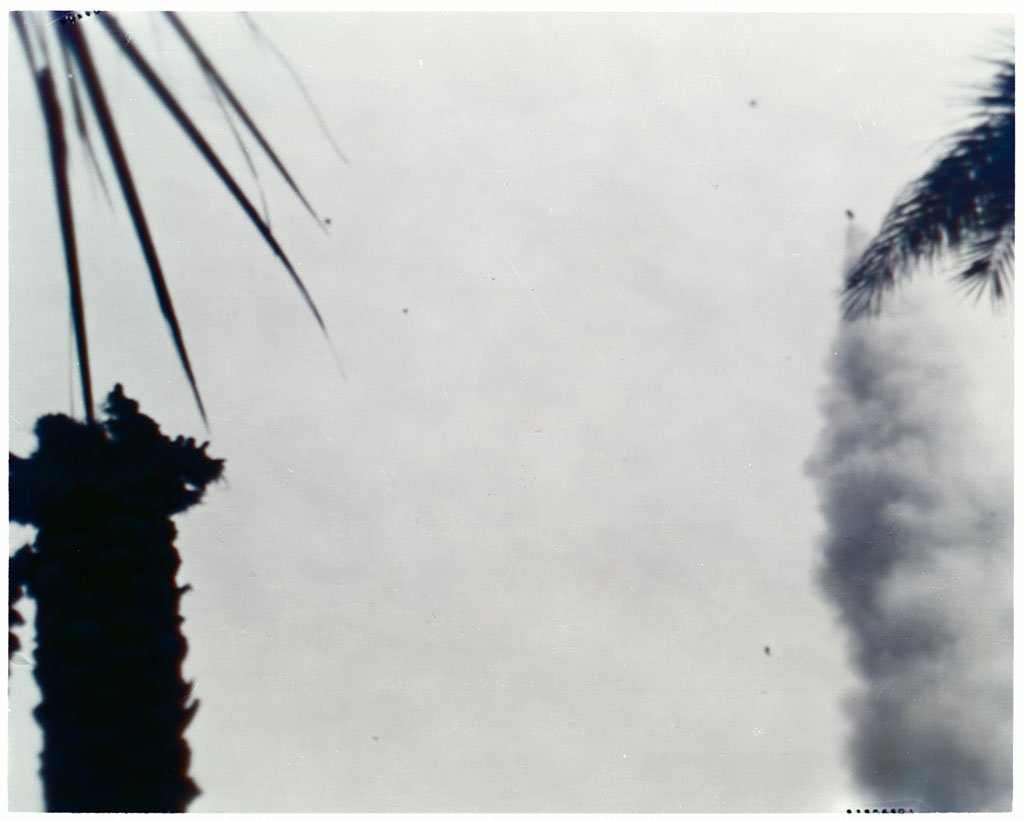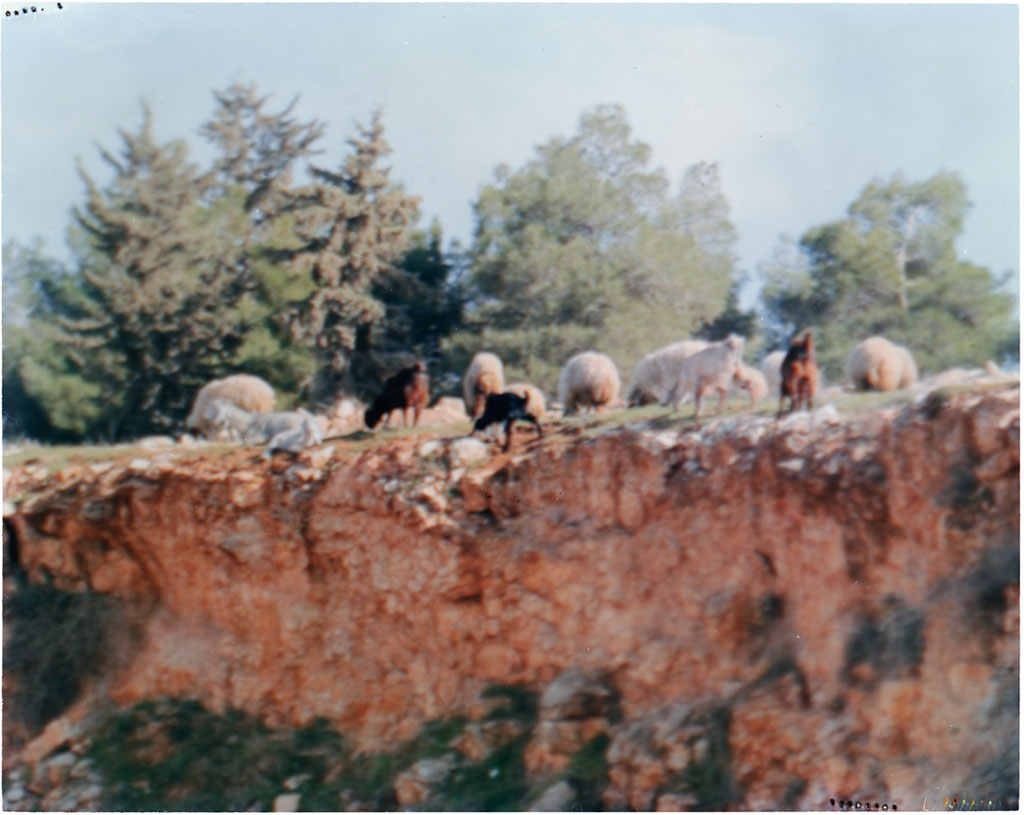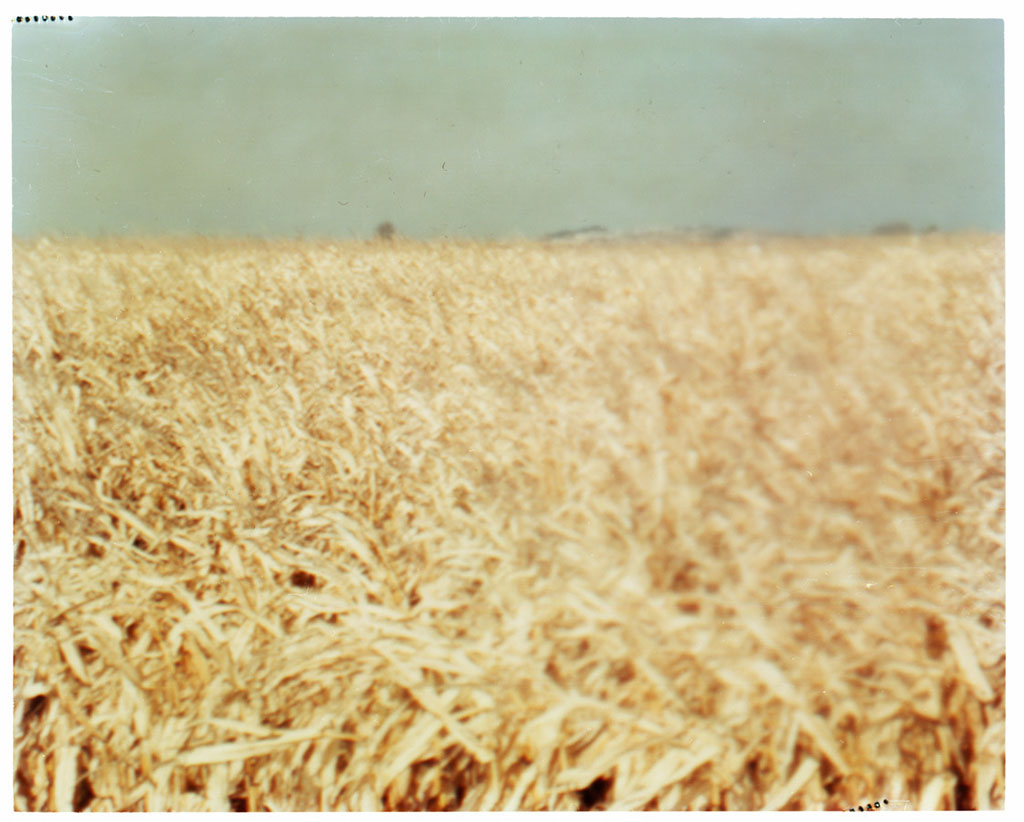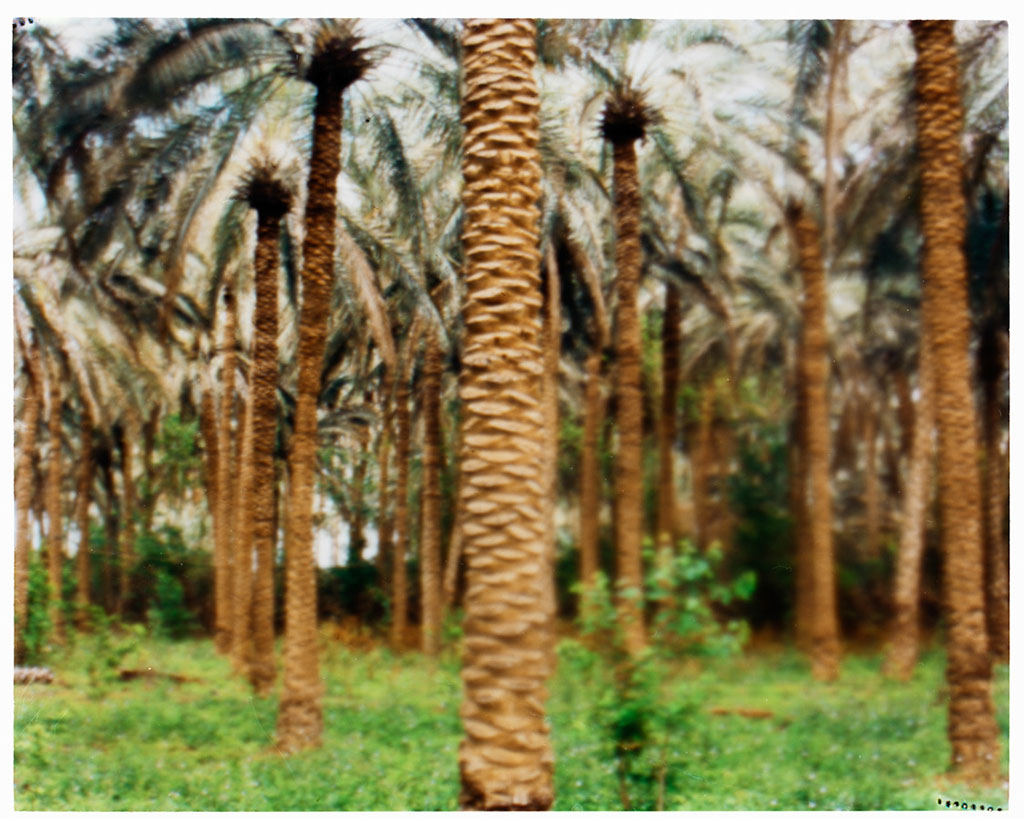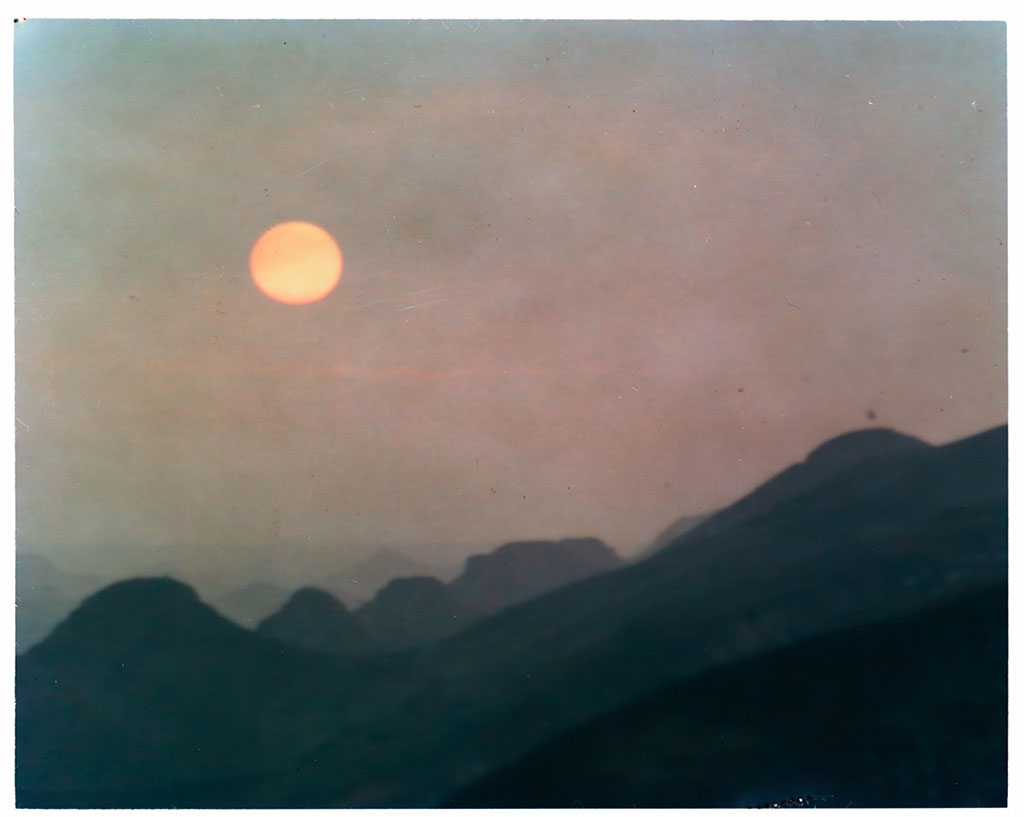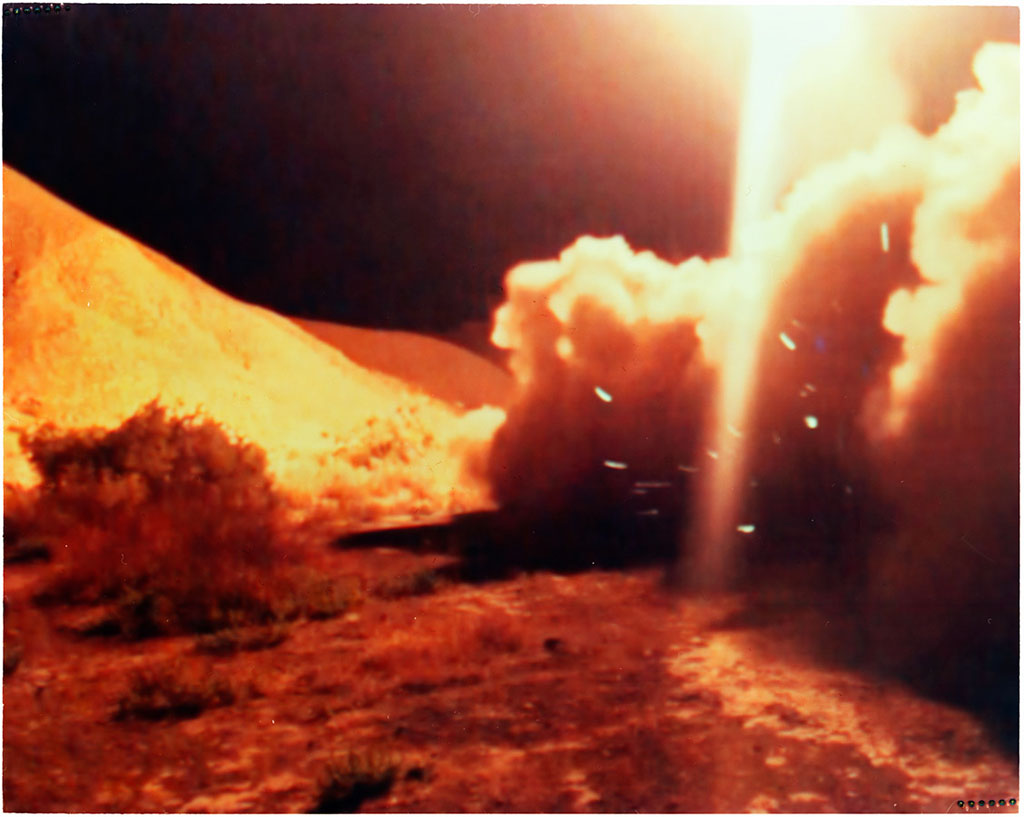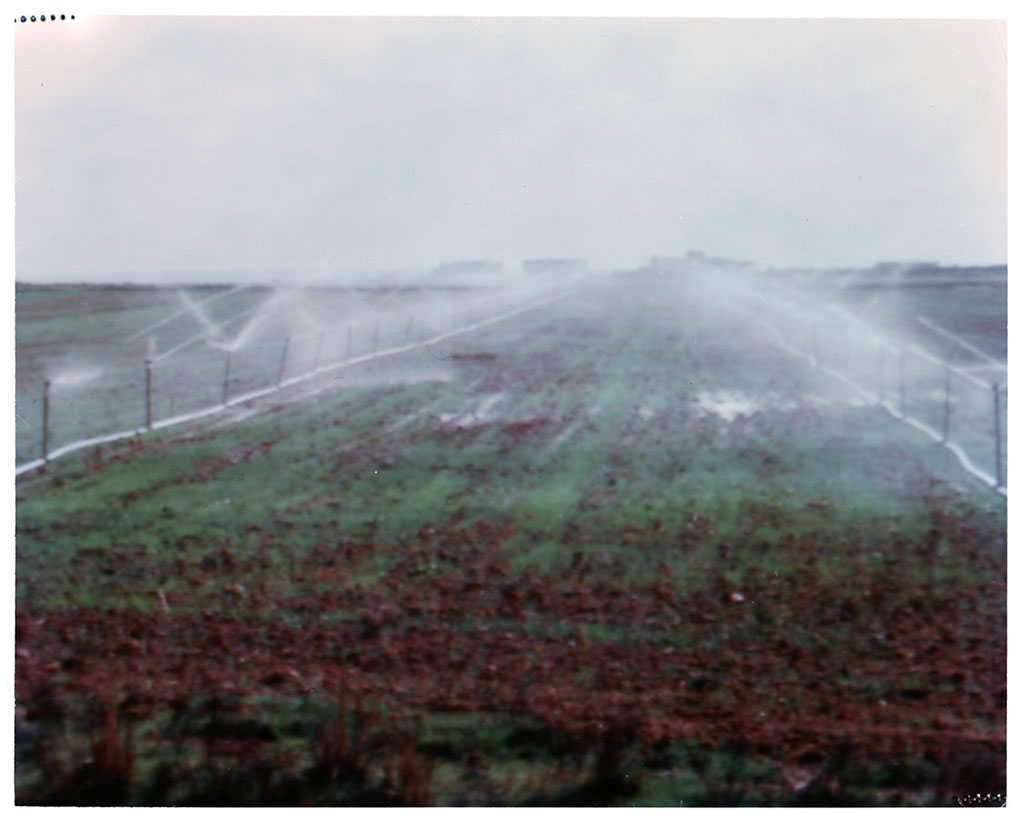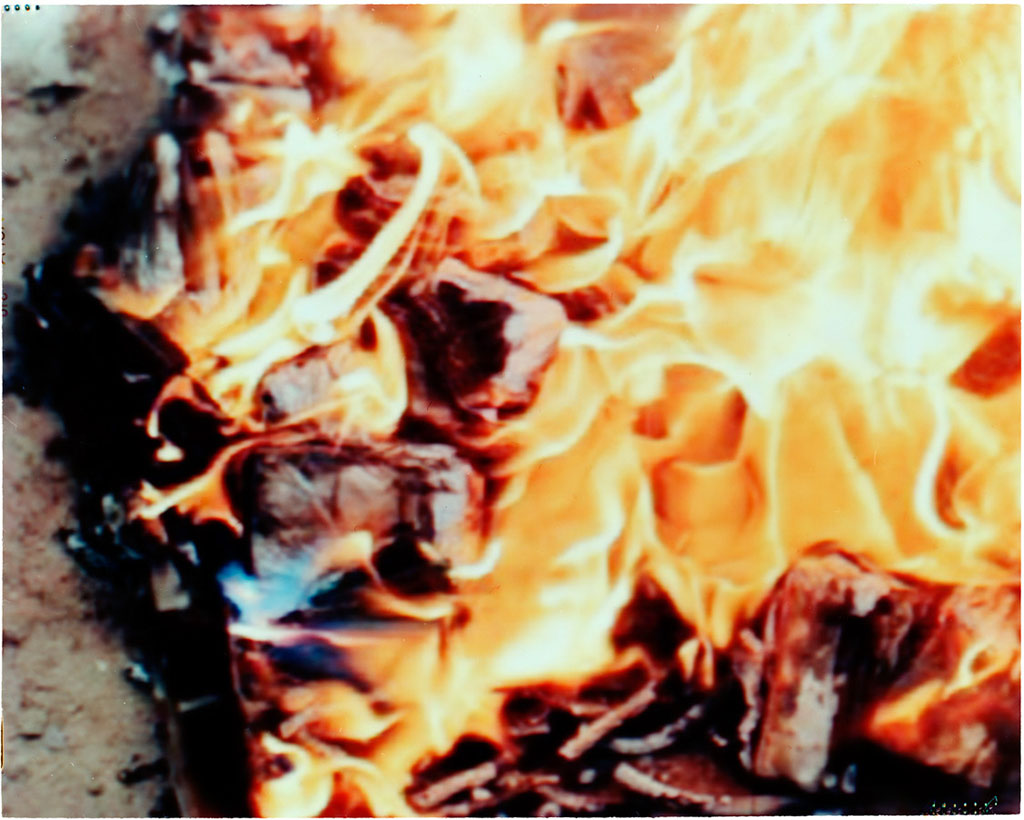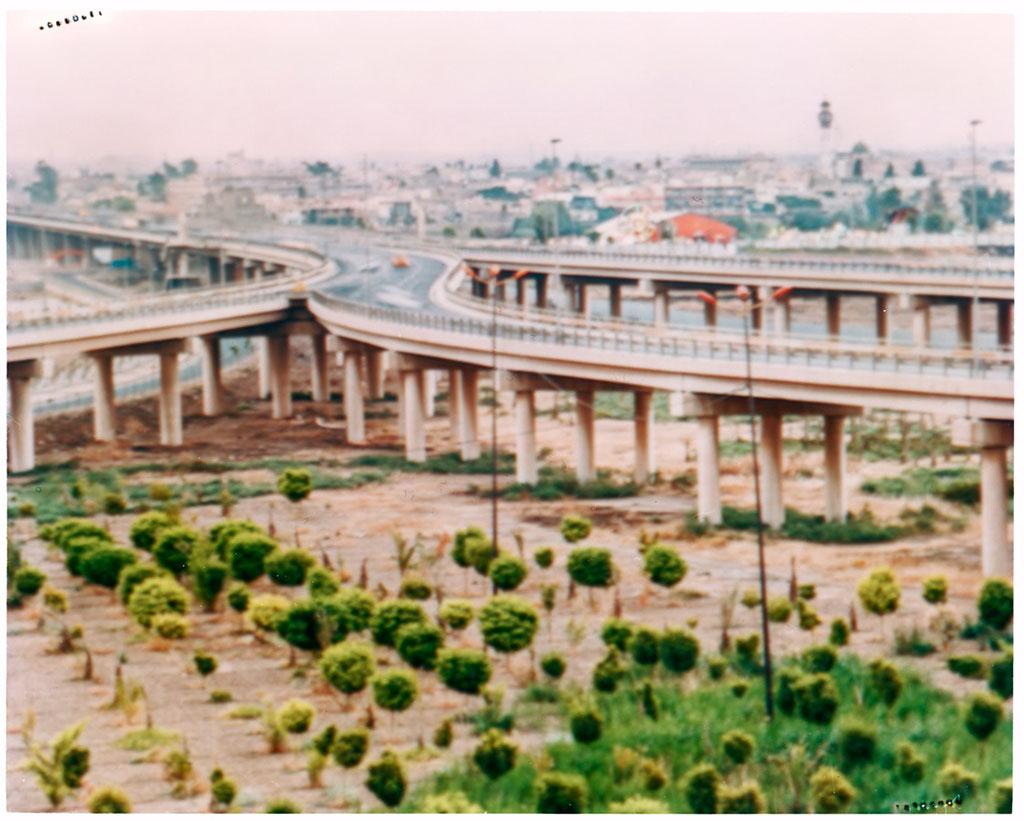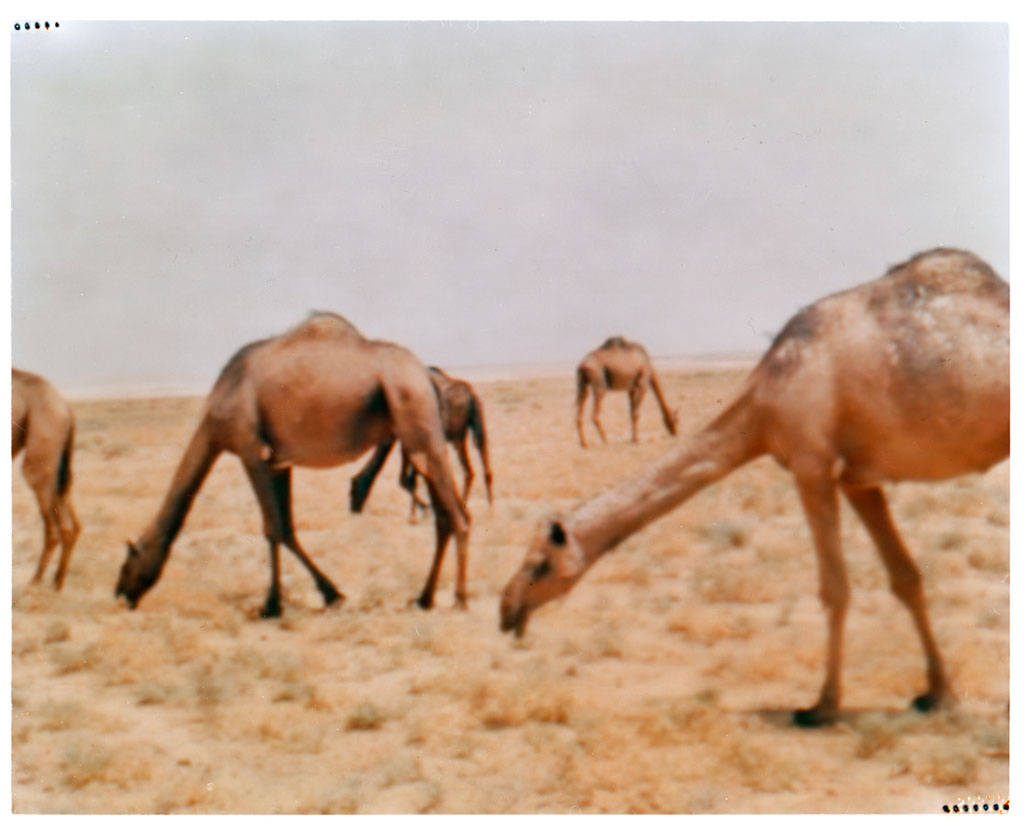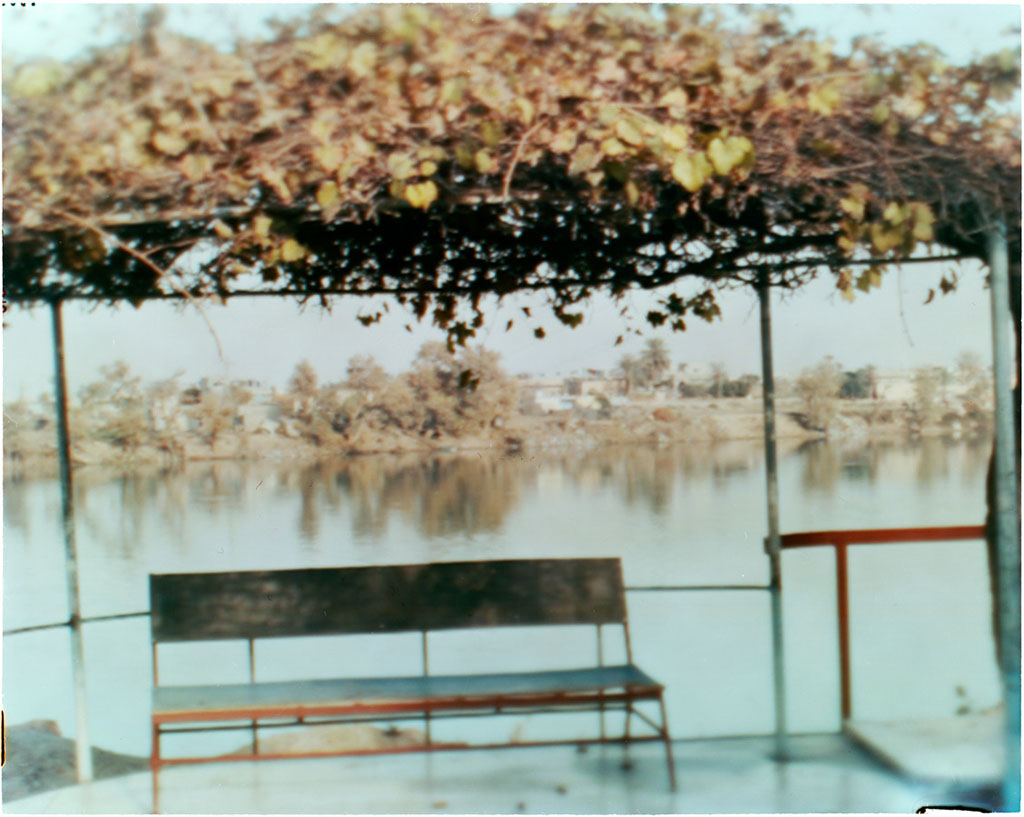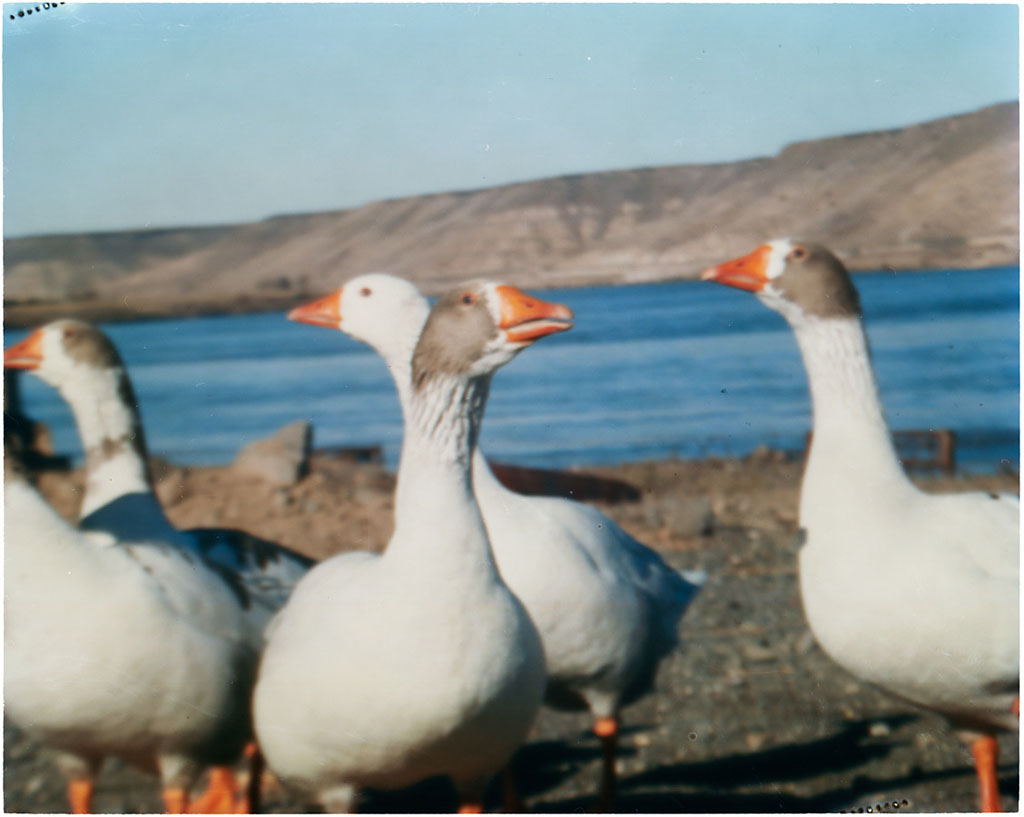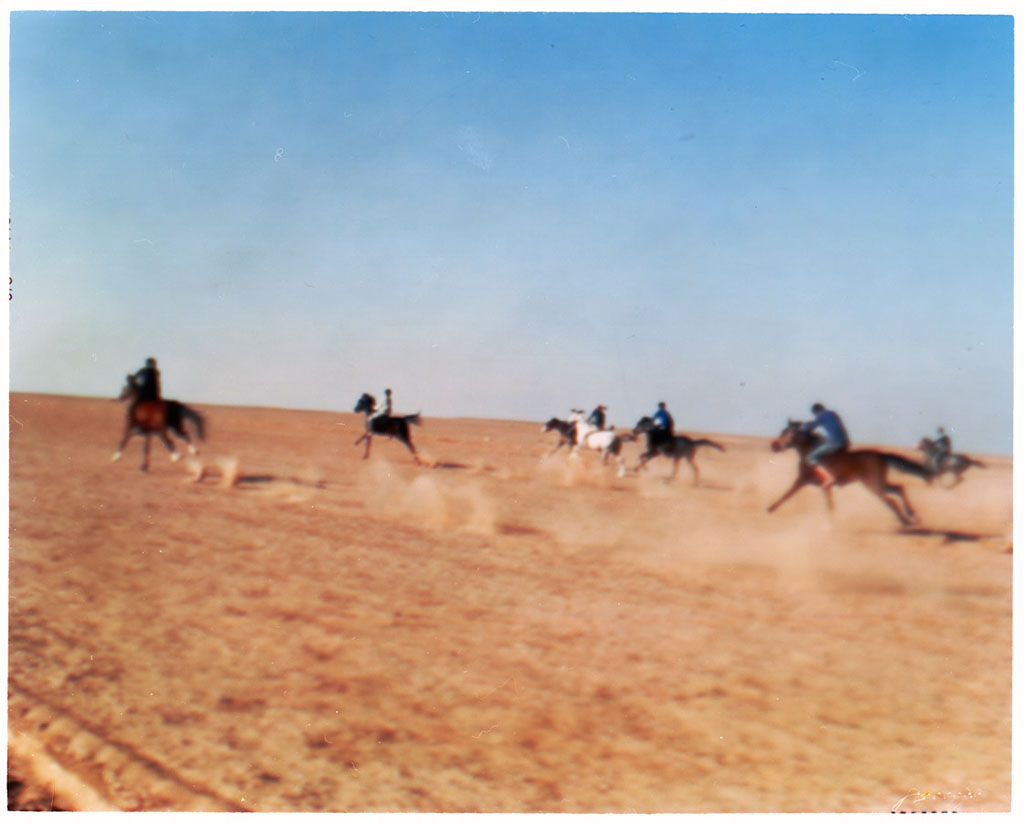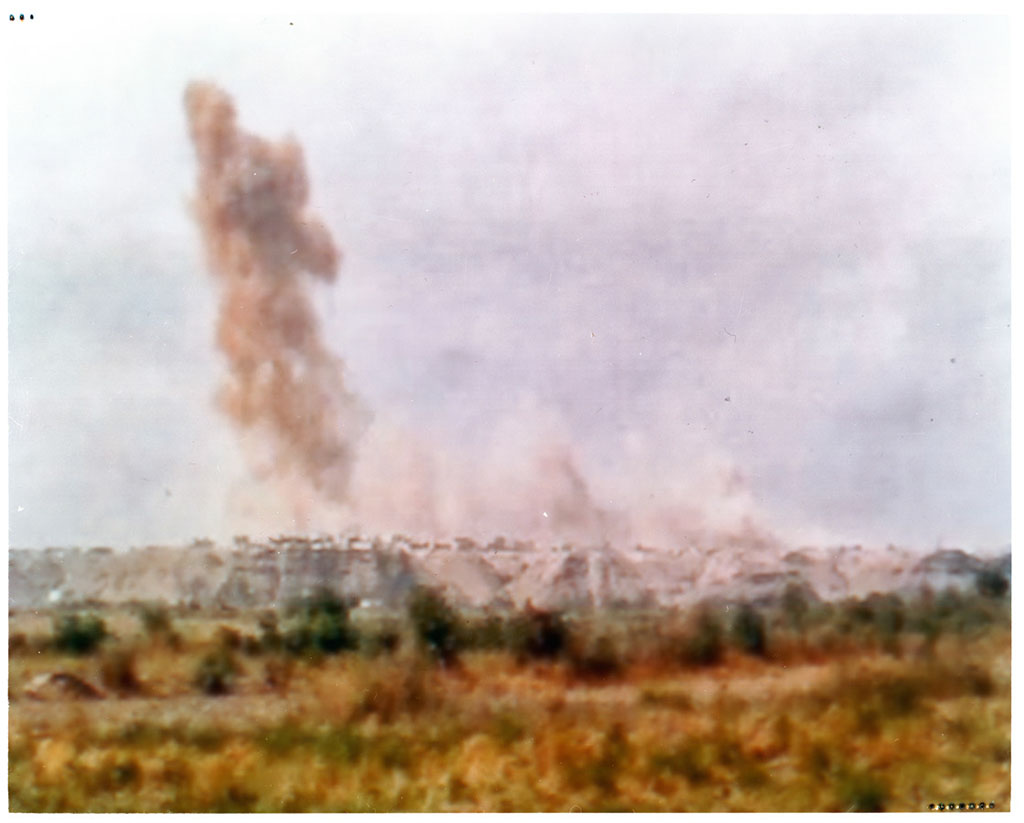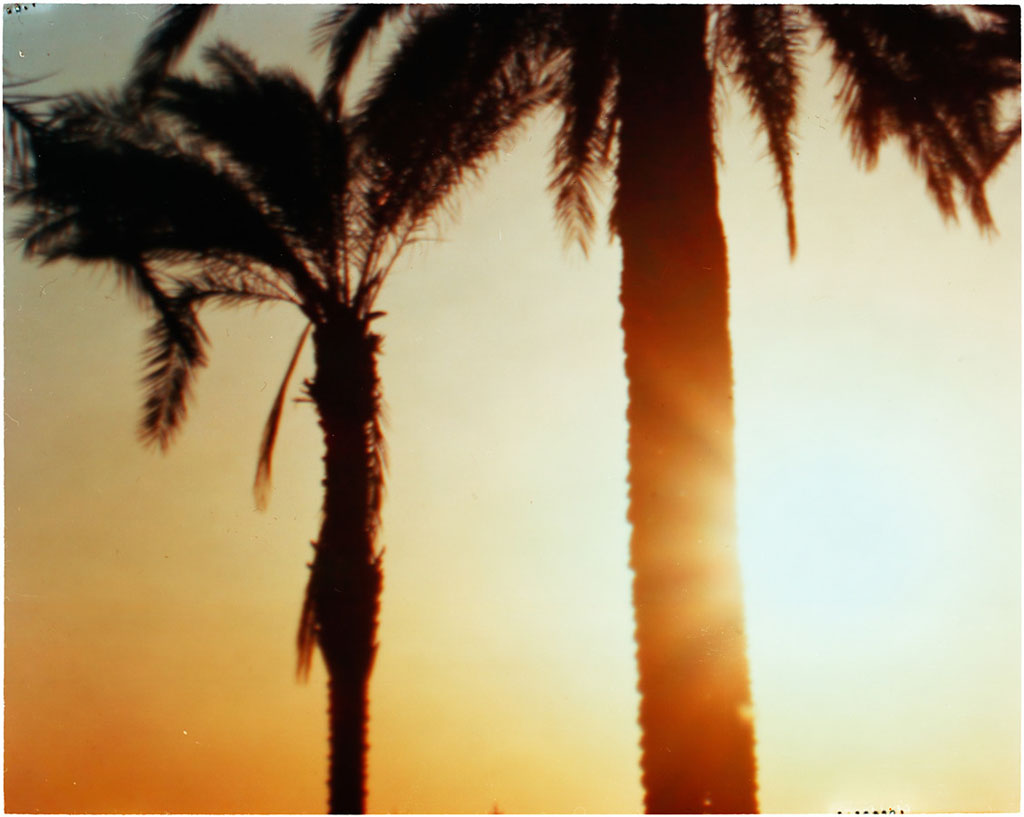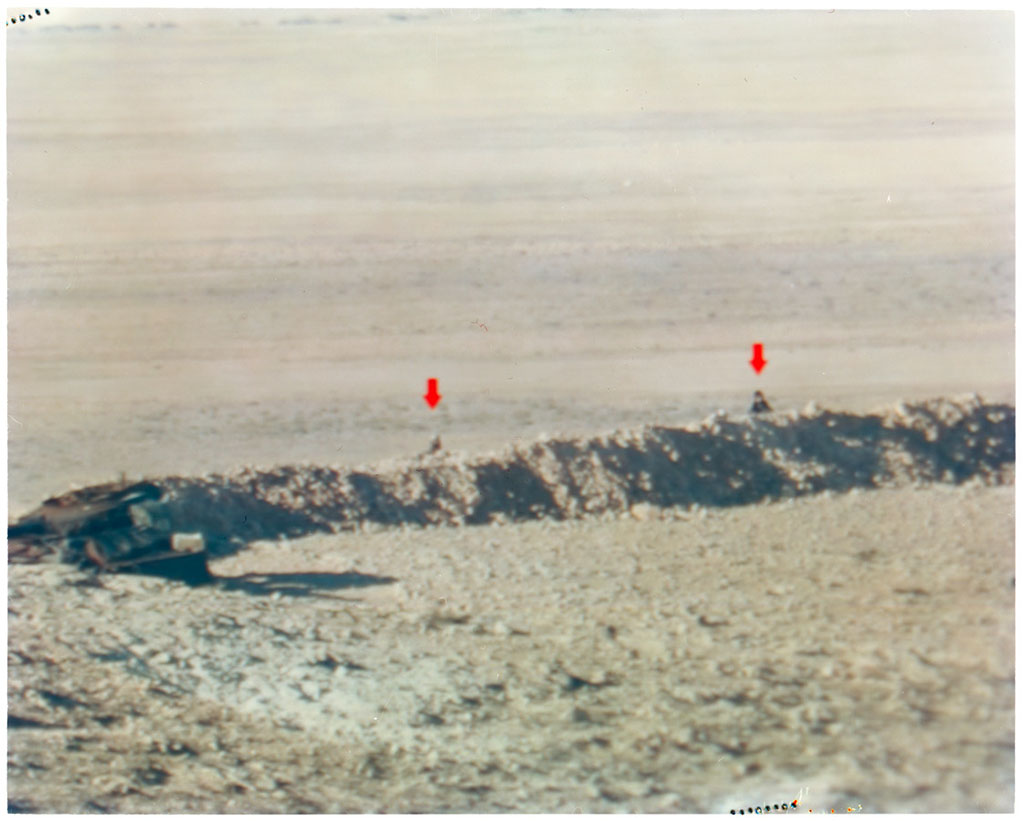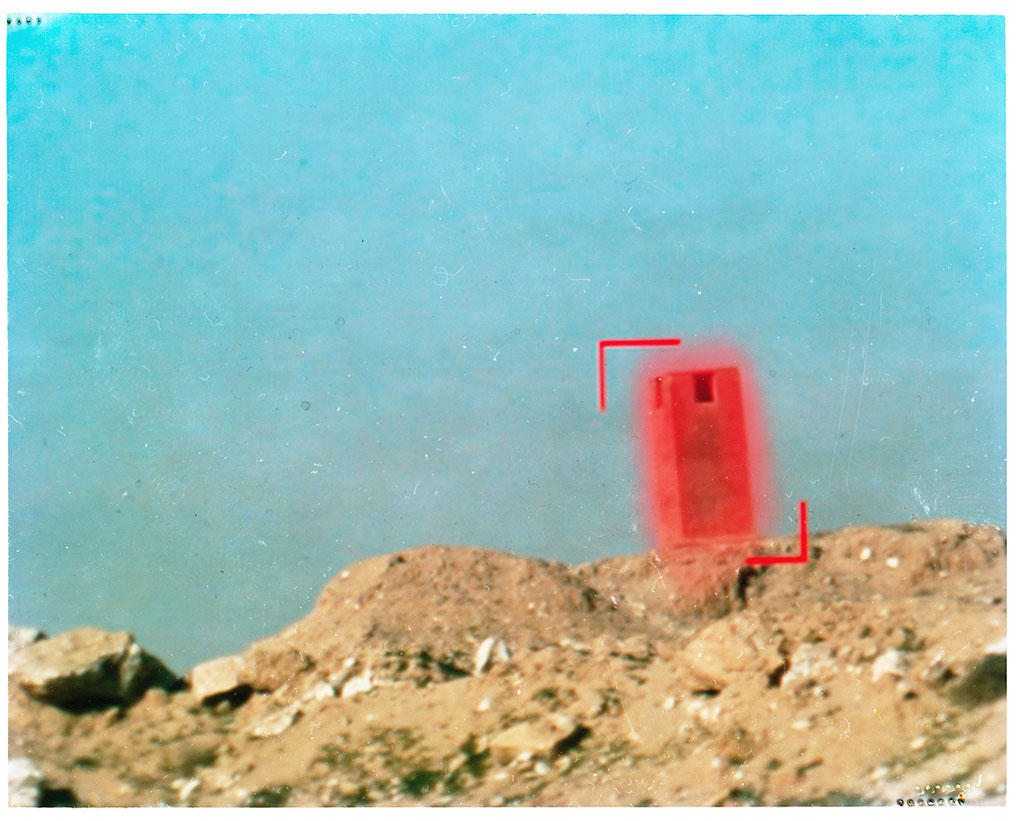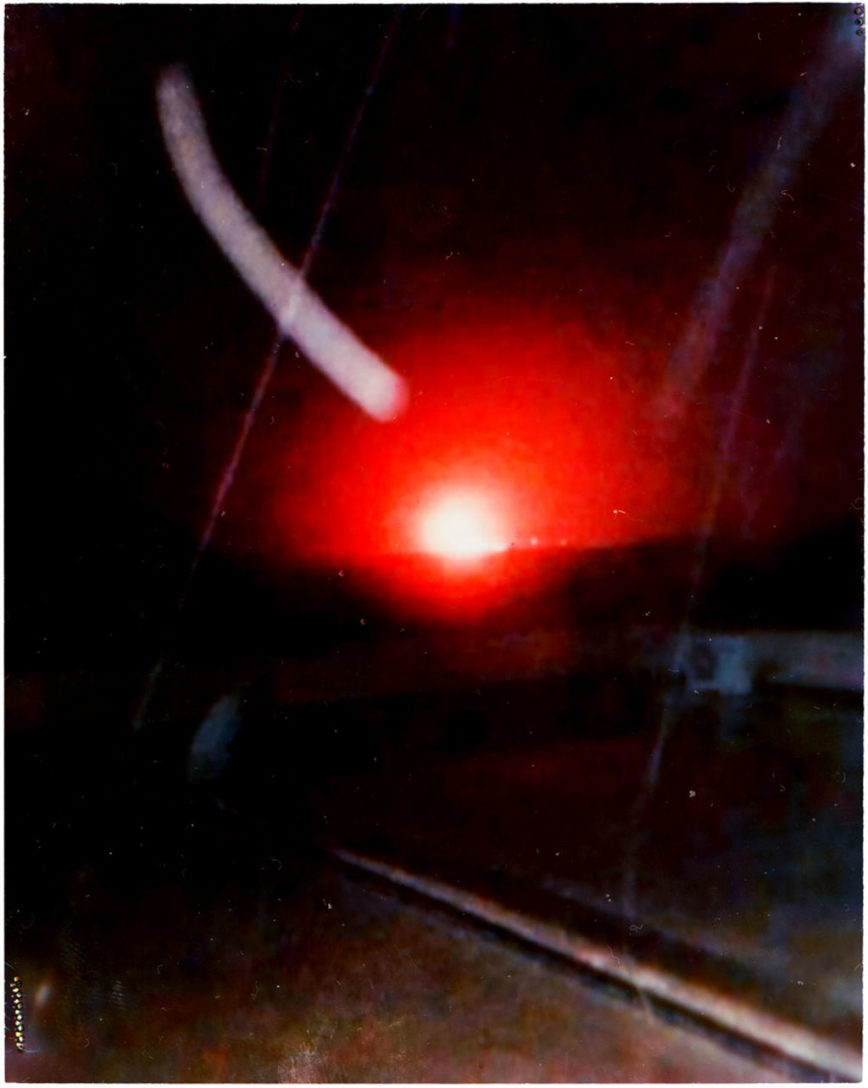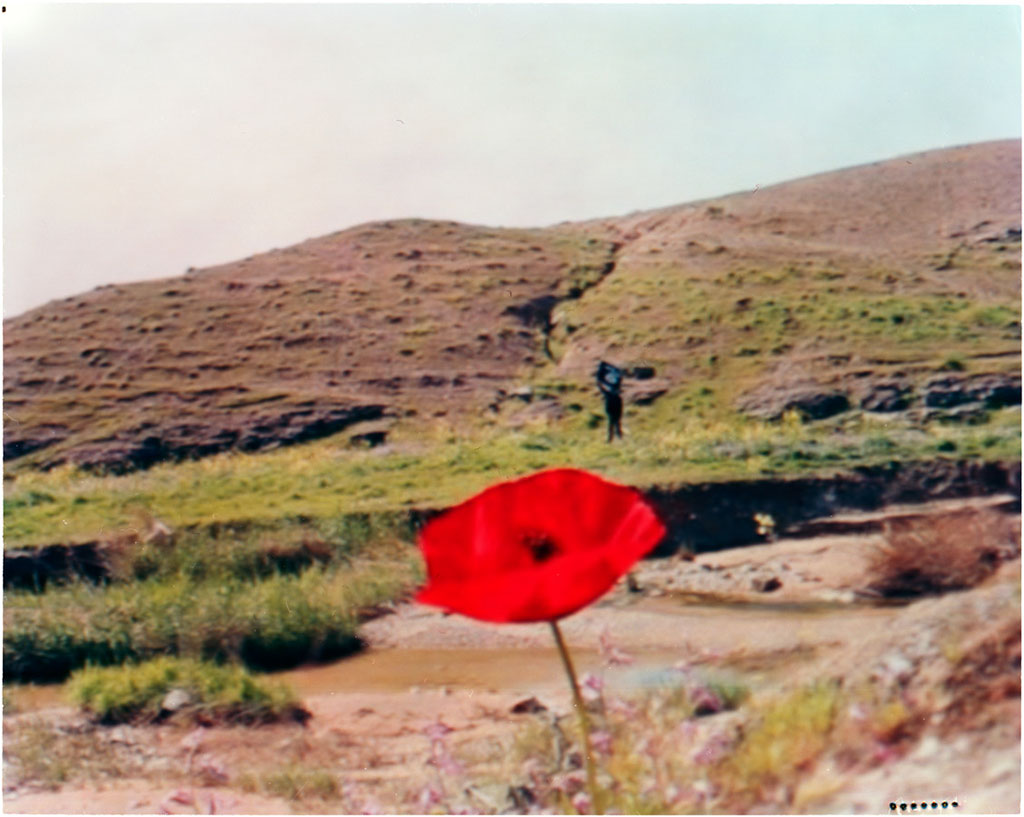Giorgio Di Noto, artist
The Offing, 2017
On which fields of knowledge are you focused?
My first interest was of course photography and all the possibilities of printing and making an image, especially the analogue and manual techniques. After a few years my interest shifted more generally to images and their visual dimensions which open to new possibilities of understanding.
What is the object of your research?
Ambiguity of photographic images. Conflict of/between perceptions and representations, use of visual language.
Could you identify some constants in your work?
Connections and contrasts among images, perception and memory. Relations between visual language and techniques of representations. Experimentation of several image-making and printing processes.
How did you find out about Aby Warburg’s work?
I studied Warburg during my philosophy studies at university, especially during the course Anthropology of images. I approached Warburg reading The Snake ritual, the course topic was Imagination and visual thought: Aby Warburg and Georges Bataille and the focus was on the “knowledge through montage”. So I was intrigued by his research and his story, as well as the way in which he studied and used images. The same year I was attending a masterclass (Reflexions Masterclass with Giorgia Fiorio) and the assigned theme was Atlas: the visual and textual references guides mentioned the Atlas Mnemosyne which fascinated me a lot. Unfortunately the masterclass ended a few months later, but the Atlas theme gave me the inspiration for my project Tunisi 8.06.2013, which consists in a roll of photographic paper where I printed the pictures shown by the smartphones of tunisian people, using the light of their screen. Since background of the roll was black and the small prints looked like lights scattered in it, I always thought this print as a satellite night map of Tunisia, where the prints represented all the lights that bypassed the censorship and allowed communications among people.
How would you define an Atlas?
Atlas is a Titan (greek myth) who holds the globe on his shoulders. We can use Atlas to mean a collection of maps, charts and pictures bound and related together: so there is something that holds them together on his “shoulders”.
Atlas as a conceptual, formal and mnemonic device; do you use it in your work?
Yes, I often use visual map on a wall or on a software which works like a blank wall.
Are there visual and emotional formulas (pathosformeln) in your project?
In the project The Offing I think there is, on one hand, the recurring formula of Locus amoenus and on the other hand, a hollywoodian way of representing the war. In the project Tunisi 8.06.2013, and I could say also in my other project The Arab Revolt, I explore the clichès of pictures about conflicts and protests playing with them. But most of the time I tend to look for something that might conflict with these formulas, precisely because I want to create a contrast with the figures and the automatism of our perception.
In your work, do you identify formal or conceptual recurrences such as repetitions and disruption, distance and proximity, identity and migration, conflict and colonization?
Yes, I think there is the recurrence of a contrast between what something seems to be and what it actually is, from both a visual and conceptual point of view. Photographic images are the best subject for this contrast because of they intrinsic ambiguity and relationship with reality/truth. In the case of The Offing and some other projects, there is also the idea of distance and proximity to what we see, focusing on how this influences our perception and understanding of images.
In your work, what is the balance between image and text?
Actually, I’ve never really focused much on the relationship between text and images, I mean it has never been central in my work. The only time the text has played an important role has been in The Iceberg book. I extrapolated and decontextualized sentences from some online guides that taught how to buy drugs in the dark web. These sentences were printed as small captions of blank pages giving rhythm to the contrast between visible and invisible in the flow of the book. I could say that I prefer to use the text not so much as a comment or counterpoint to images, but as images themselves: as a textual image from a graphic point of view and as mental images that words can arouse. So maybe I am more interested in the balance between visual and textual images than between text and pictures.
Thinking about Warburg’s ‘good neighborhood rule’, what are the books that underpin your project?
War Primer 2 – Broomberg & Chanarin
Holy Bible – Broomberg & Chanrin
Batia Suter – Parallel Encyclopedia #2
Oscar Muñoz. Protographs – Catalogue
Antipersonnel – Raphael Dallaporta
Ruins – Raphael Dallaporta
The Looking Game – Discipula
The Great Unreal – Tayo Onorato & Nico Krebs
The Net Delusion: The Dark Side of Internet Freedom – Evgeny Morozov
Anthropology of images – Hans Belting
The Snake Ritual – Aby Warburg
Immagine, Linguaggio, Figura – E. Garroni
Teorie dell’immagine: il dibattito contemporaneo – A. Pinotti, A. Somaini
Il montaggio – S.M. Ejzenštejn
Born in Rome in 1990, Giorgio Di Noto studied photography and printing techniques and since 2011 he has been working on the materials and languages of photography. His first book, The Arab Revolt, was mentioned in The Photobook. A History Vol. III and in 2013 he was among the BJP’s “Ones to watch”. In 2017 he published the book The Iceberg which received a special mention for the Author Book Award at the Rencontres d’Arles and was nominated for the Prix Bob Calle du livre d’Artiste. He lives, works and teaches in Rome.
